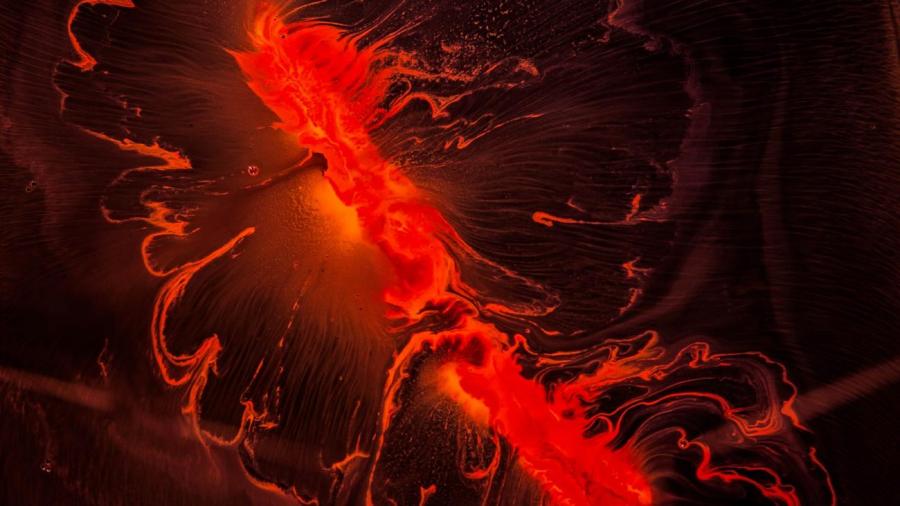
Around seventy thousand years ago a small group of Africans, fully modern humans, exited their home continent and entered Eurasia, probably through the coastal Sinai peninsula and then into the Negev desert. This was most likely a single ethno-linguistic group moving onward for an unknown reason, but perhaps climate change had ruined the food resources of their homeland, or another enemy group had forced them out. Alternatively, perhaps the potential of a new unexplored land combined with innate wanderlust pulled them forward. As they passed into the Levant they soon met a new species of human, the Neanderthals. The interactions could have been hostile or hospitable, and there was some interbreeding between these two closely related species. Very quickly one group of these Africans headed east across Asia and southward toward Southeast Asia. There they met and interbred with another species of humans, the Denisovans. Even though Australia was unknowable, a subgroup envisioned a land across the water and built sea worthy vessels, loaded them with their families and gear, and set out and eventually found and settled Australia. By thirteen thousand years ago, ancestors of the eastward migrating people had reached the southern tip of South America. By forty thousand years ago, another group of these Africans had entered Europe. At this point, humans had achieved the first step of the Great Human Diaspora, and now another step is in action as we venture into space. Everywhere modern humans went they constructed their own ecological niche by eliminating competitors, degrading their own food supply and environment by targeting the easiest species to hunt. How did this relatively young species accomplish so much in so little time? That is the subject of this lecture.